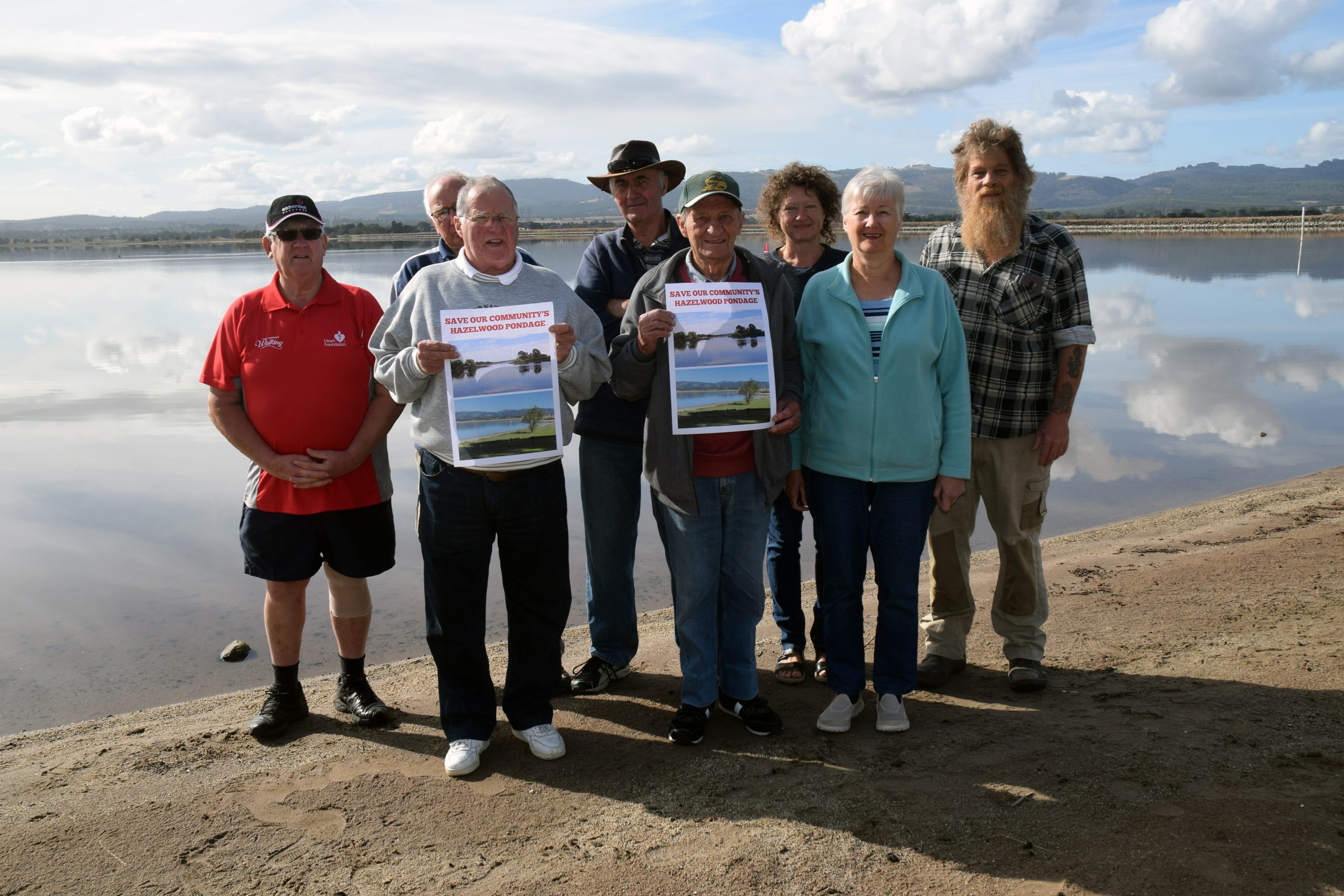STAFF WRITERS
THE state government will introduce a range of reforms to Victoria’s non-emergency patient transport (NEPT) sector.
The government has said the reforms will ensure it can continue to meet patient needs and deliver for the community.
This work follows an extensive review of the sector undertaken by Member for Melton and former paramedic, Steve McGhie, with the review reporting that service demand has increased significantly since 2019 – averaging 400,000 individual transports each year.
The review also highlighted that while the current system has many strengths, improvements are necessary to boost access, increase efficiency, and better meet patient needs and workforce expectations.
In response to the review, the state government will implement improvements to the existing model, with licensed private providers to continue delivering services.
These include better integration and coordination of NEPT within the wider health system, strengthening monitoring of performance and patient experience, and improving staff conditions, governance and oversight.
Minister for Ambulance Services, Mary-Anne Thomas said it was vital improvements were made.
“NEPT services play a fundamental role in supporting the health needs of Victorians – that is why we are strengthening its delivery, to improve access, patient experience and support the highly skilled workforce,” she said.
“Demand for both ambulances and NEPT services remain high across our state, making Steve’s recommendations all the more important.”
To be considered for future contracts, private providers will be required to address the casualisation of the workforce through the implementation of permanent employment targets by 2027/28.
Dedicated strategies will also be developed to support the attraction, retention and ongoing development of the workforce. This will include ensuring NEPT workers can respond to patients within their scope of practice, as well as career pathways to support transitions between the NEPT, broader health and emergency sectors.
Work will also get underway to improve timeliness and reliability of services, so planned transports aren’t delayed by crews being diverted to a Triple Zero caller.
To support this, HealthShare Victoria (HSV) – which is already responsible for the procurement of NEPT for health services – will assume responsibility for the procurement of NEPT for Ambulance Victoria.
Contract arrangements will be revised to minimise NEPT responses to Triple Zero callers that, in turn, disrupt planned responses to patients who require clinical monitoring to return home or access health care.
The centralised procurement of NEPT services by HSV, for both health services and Ambulance Victoria, will reduce the duplication that currently exists, enable more timely services across the state and keep paramedics free to respond to patients experiencing time critical medical emergencies.
These changes will also focus on giving NEPT providers sufficient transport volumes to support viability and improve access to services particularly in rural and regional areas where demand for NEPT is lower.
Additional policy changes in response to the NEPT Review remain under active consideration and are subject to further decisions by the government.
NEPT services are available to Victorians who require clinical monitoring and supervision during transport to, from and between health care service.
These reforms are just one way the government is working to ensure both NEPT and emergency ambulance resources are operating effectively and efficiently and, most importantly, are available to Victorians when and where they need them.
The extensive review undertaken by Mr McGhie included an early discussion paper, public submissions from stakeholders and face-to-face consultation via a series of roundtables and one-on-one meetings.
AMBULANCE Victoria (AV) paramedics are also calling on the Victorian community to make use of what3words via the Emergency Plus app.
What3words is a program linked to the Emergency Plus app which divides the world into three metre squares, with each square assigned a unique combination of three words.
Just these words can be used to find a precise location – which can be invaluable in life-threatening emergencies when every minute counts.
Mobile Intensive Care Ambulance (MICA) paramedic Matt Nadin said what3words was crucial in helping locate a woman in urgent need of medical attention.
“We were having difficulty locating the patient based off their description alone,” he said.
“We felt that time was running out and we had exhausted all our traditional methods to establish their location.
“I suggested instructing the patient to use what3words and this simple step allowed us to pinpoint their location and reach them within minutes.”
The Emergency Plus app shows a patient’s latitude and longitude in addition to their unique three words.
Calls to Triple Zero (000), SES and for non-urgent police matters can be made directly through the Emergency Plus app.
What3words can also be accessed through its own website and app.
Mr Nadin said all Victorians with a mobile device should ensure they have quick access to what3words.
“It’s an incredible tool if you’re in an emergency and don’t know exactly where you are,” he said.
“Whether that’s in a rural or remote area, along a freeway or highway, or simply in a new place – what3words takes away the guesswork which helps us reach you faster.
“You can tell a Triple Zero call taker your three words and they will know what to do to pass this location information on to all required emergency services.”
Location services via the Emergency Plus app can be pre-loaded and used without an internet connection.
For more information, visit: emergencyplus.com.au











